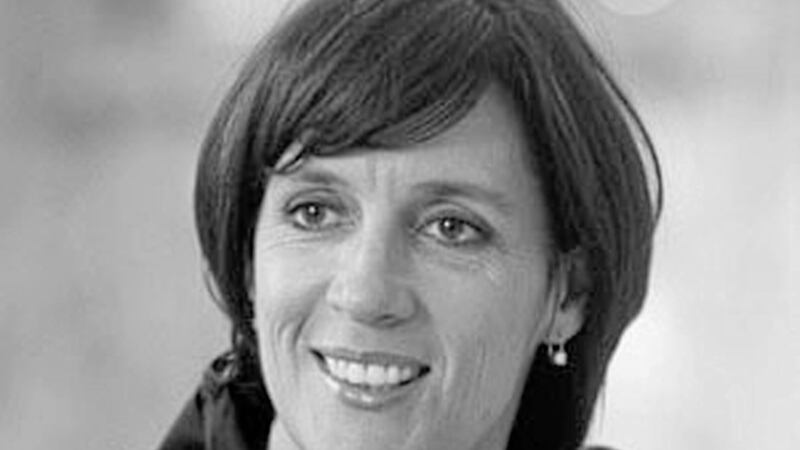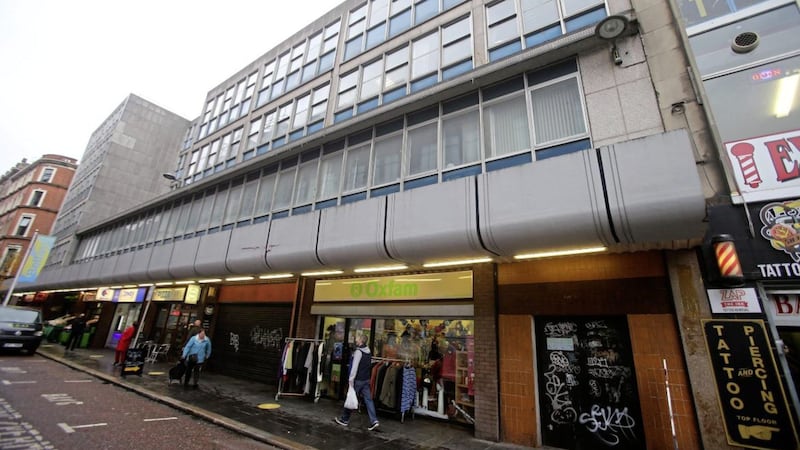THE new year is upon us, and so begins our third year wrangling with Covid-19. Time has, in many ways, lost its cutting edge in the pandemic era. Intermittent lockdowns and the changing tempo of everyday life have made the last 22 months feel oddly transient, untethered from the familiar anchors of office life and milestone social events – birthdays, weddings, graduations – ordinarily celebrated together.
Yet here we stand, at the beginning of a new calendar year, facing down an ever-changing political landscape and a virus that is now deeply entrenched in our modern world. Tempered, but not eradicated. Improved medical treatments and the global vaccine roll-out leaves us relatively well poised to tackle the moving target that is Sars-CoV-2, but early hopes that Covid-19 would simply disappear through time now seem overly optimistic.
The consensus among the scientific community is that, in the long-term, the virus will settle into endemic patterns of transmission. More a seasonal nuisance than an outbreak capable of triggering national lockdowns. What’s critical here is that world governments ensure adequate support for developing countries, otherwise Covid will have a disproportionate impact on regions where the rate of vaccination is much lower, leaving the door open to unpredictable flare-ups and potentially dangerous variants in the vein of the now-rampant Omicron.
Our global village is such that 10 coronavirus cases can become 10,000 in a matter of days, drawing a stark red line under the need for ongoing virus surveillance and global vaccinations. Per Bloomberg data, a total of 7.6 billion shots have been administered since December 2020, with experts believing that 11 billion doses are needed to bring the pandemic under some semblance of control.
Meanwhile, Covid’s innate ability to redefine the office has brought hybrid working to the fore, with Jabra research revealing that 59 per cent of people in the UK now consider flexible working to be more important than salary when considering a job vacancy.
That’s a significant sea-change from the tried and tested 9-to-5, yet a hybrid model brings flexibility to a world of uncertainty and Covid-induced closures. A new way of work is not without its challenges, with surveys revealing that women may be less keen to return to the office and may therefore miss out on opportunities for promotion.
Questions also loom over employee disconnect and potential burnout, with the creativity that comes with tangible collaborative engagement in office a facet of service delivery that businesses will not want to lose.
There is a balance to be had, for sure, but if executed in a fair and egalitarian manner, the digitally-enabled hybrid model, where time is split between office and home, is clearly the option for many.
Indeed, it’s thanks to advancing technology across the spheres of security and video conferencing that remote working is even possible. Indeed that advanced digital technology which is the conduit for the working day has expedited the transformation of our day-to-day social interactions too. So much so, that a recent McKinsey global survey found that the pandemic has accelerated consumer adoption of digital technologies by three to four years, all in the space of just a few months.
Businesses, in response, quickly undertook an offline-to-online pivot, instead focusing their efforts on delivering a digital-first interaction with their customers, from enhanced loyalty programmes to real-time interactions that were less B2C and more ‘all to all’, in keeping with the spirit of solidarity kindled by Covid.
The result is a consumer base who are digitally-savvy, yes, but also increasingly conscious. Consumers who seek to understand more about a product or the brand from which it originates before committing to a purchase. Consumers who vote with their wallet and challenge corporations and industries to implement impactful, eco-friendly strategies, or risk losing their custom to more responsible alternatives.
In this digitised world, consumers have never been more acutely aware of the world’s environmental challenges. We’ve all seen the stark images of depleted forests and rubbish-filled oceans – imagery that has helped galvanise a global movement demanding immediate climate action. On the eve of COP-26, some 100,000 people marched through the streets of Glasgow alone, with countless more climate demonstrations in cities across the globe.
The consumer conversation on climate is of course is inextricably linked with business strategy, as companies commit to offset their carbon footprint on the path to net zero. On a big-picture scale, at COP-26 almost 200 countries reached a global agreement that is now known as the Glasgow Climate Pact, with key targets including a global pledge to end and reverse deforestation by 2030 – itself signed by 100 world leaders, with Brazil among the signatories. But…..it could’ve, should’ve, been more from our global leaders.
The challenge for consumers commitment to the cause will be tested next year too, with inflation rising exponentially and household incomes being squeezed with their discernment to sustainable brands being tested more so, than in the recent past.
However, with their expectations and broad eco knowledge, armed with instant access to information, I expect consumers to further hold not just businesses, but governments, accountable on the most important issue of a generation.
:: Claire Aiken is managing director of public relations and public affairs company Aiken
:: Next week: Paul McErlean








